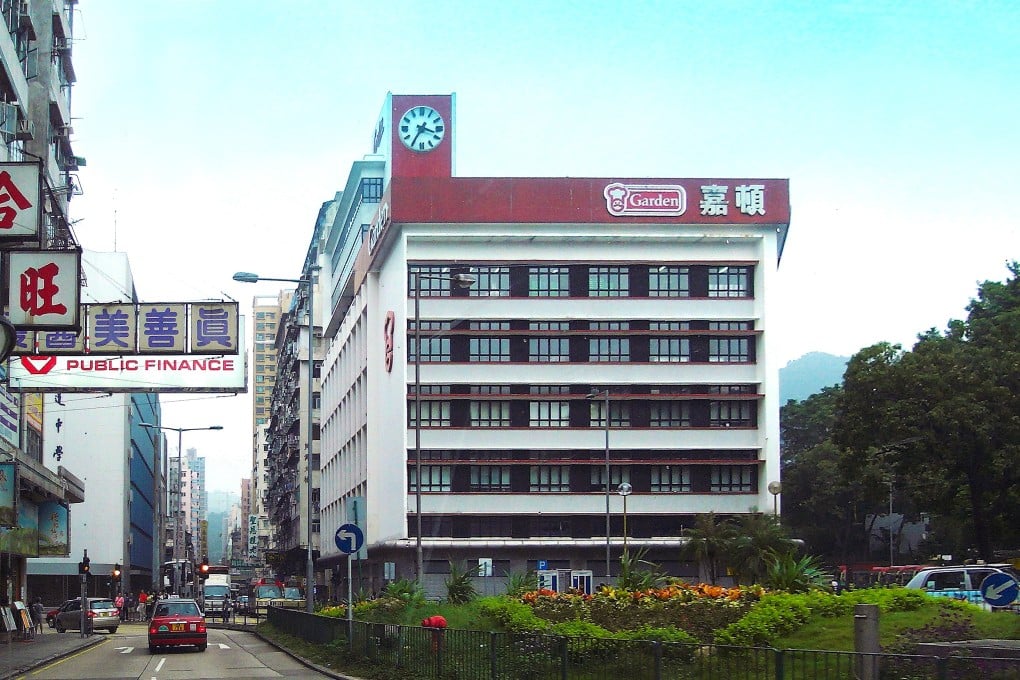Bauhaus architecture in Hong Kong: on modernist movement’s centenary, buildings to celebrate
- Influence of design school that sought to unite artistic disciplines in the production of affordable art can be seen in Hong Kong public buildings and homes
- From early post-war housing estates to exclusive Kadoorie Hill to the Hong Kong City Hall and General Post Office, the clean lines of Bauhaus are evident

Germany’s Bauhaus school of art and design influenced architecture around the world for decades after its demise in 1933, and Hong Kong was no exception; a number of buildings erected from the 1950s to the 1970s followed the clean lines and minimalist aesthetic the modernist movement championed.
Some have been demolished already; how long those that remain will be kept safe from property developers remains to be seen.
Inaugurated in the German town of Weimar 100 years ago this month, the Bauhaus school turned the way people looked at art and design upside down, with a form-follows-function philosophy. Its founder and first director, Walter Gropius, and its third and final director, Ludwig Mies van der Rohe, are considered, along with French contemporary Le Corbusier, the founders of the modernist movement in architecture.
The school, which later moved to Dessau and then Berlin, closed in 1933, but despite its short, 14-year lifespan, Bauhaus – which loosely translates as “building house” – won followers worldwide and continues to influence art, industrial design, typography and architecture today.
